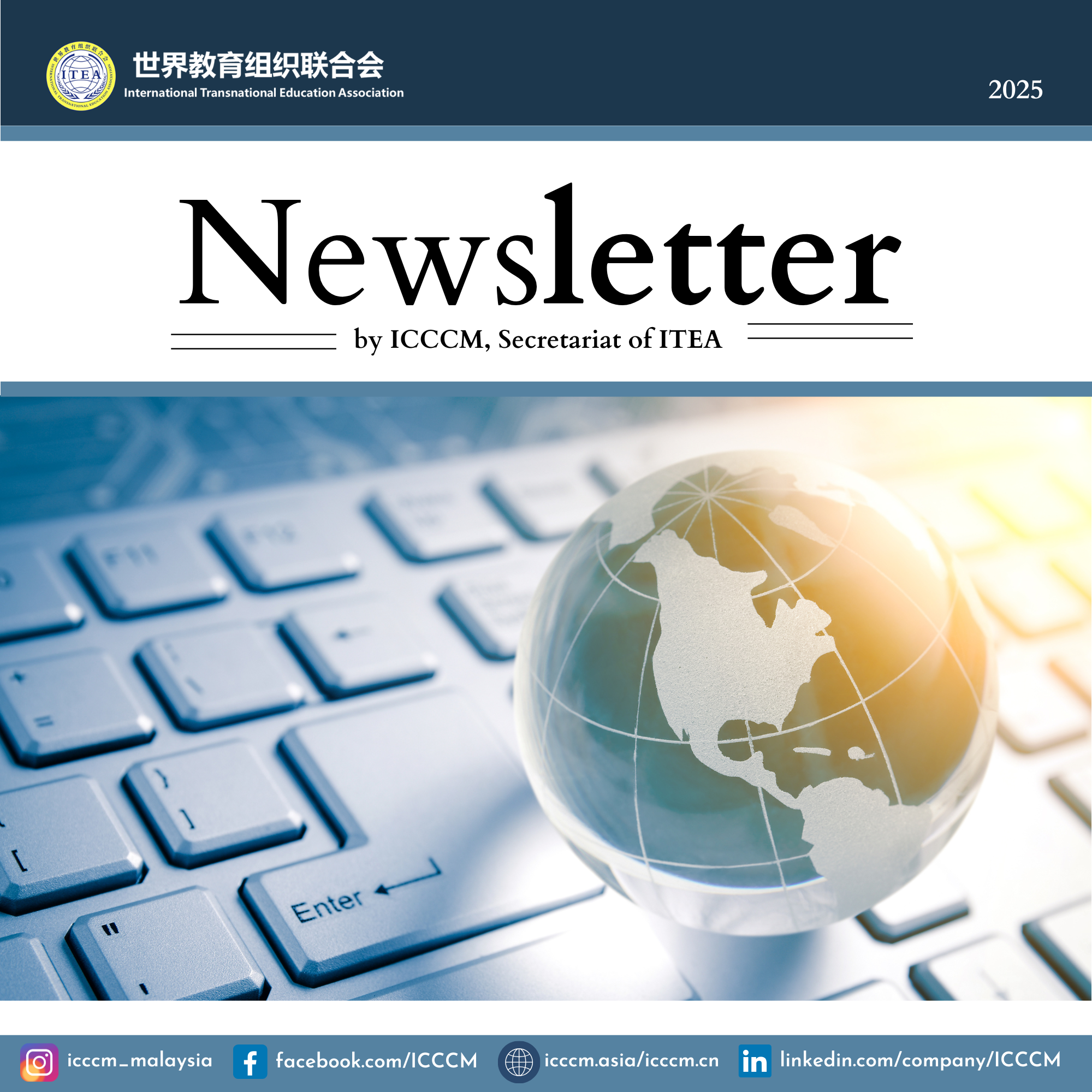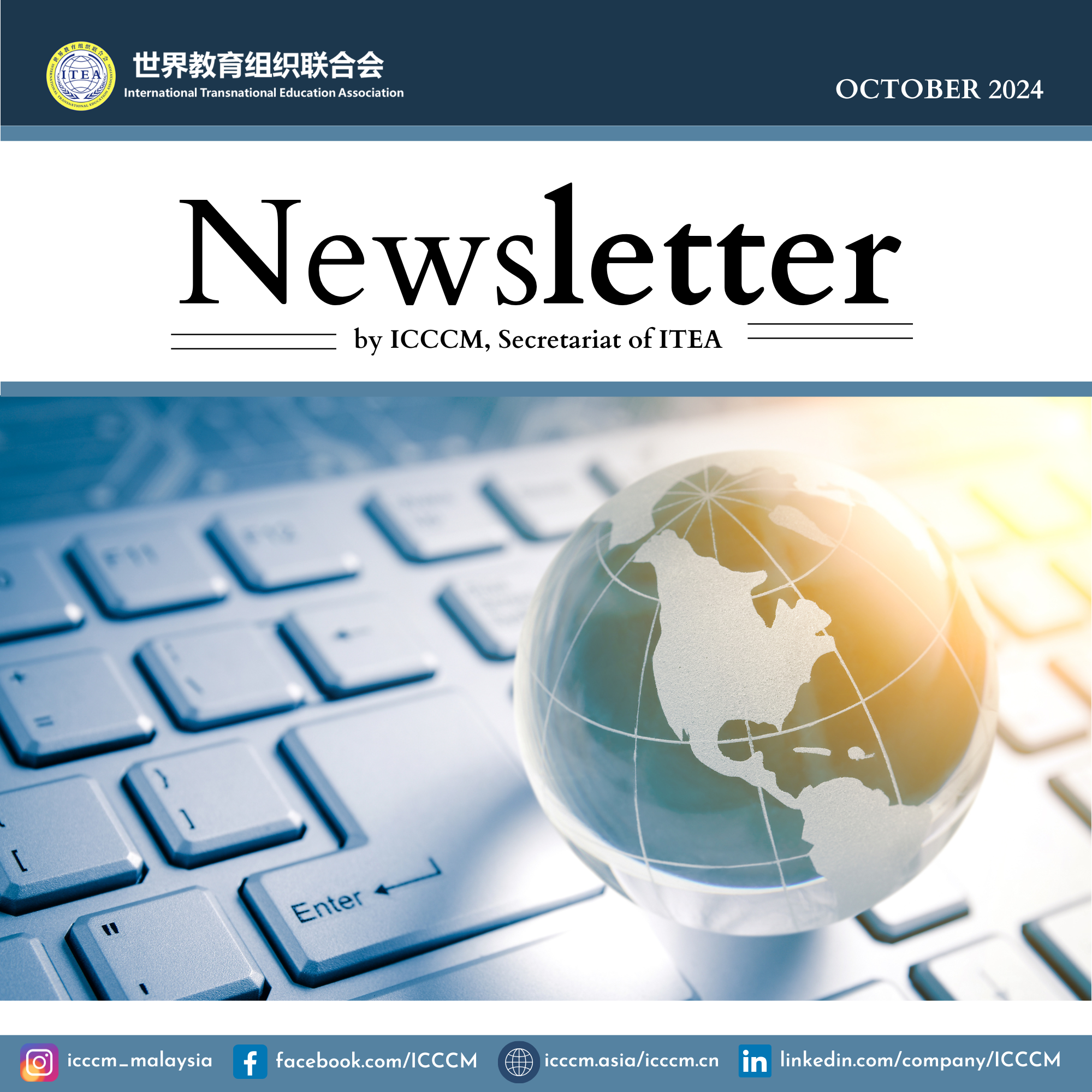Governmental partnerships involve collaborations between various levels of government (local, regional, national) or between government entities and non-governmental organizations (NGOs). These partnerships often focus on public policy, infrastructure projects, and social services. They aim to leverage resources, expertise, and influence to address complex societal issues, implement public programs, and achieve common goals. Examples include public-private partnerships (PPPs) for infrastructure development or collaborative efforts to improve public health.
Institutional partnerships are collaborations between educational institutions, research organizations, or other types of institutions. These partnerships typically focus on advancing research, enhancing educational programs, and fostering innovation. They can involve joint research projects, academic exchanges, and shared resources. For instance, universities might partner with research institutes to conduct groundbreaking studies or with other educational entities to develop new curricula and training programs.
These partnerships help pool resources, expertise, and networks, driving progress and achieving objectives that might be challenging to accomplish independently.

+6018 962 6008
+603 2333 9204
admin@eduicccm.net
The 2+1+1 Programme is a type of transnational education partnership designed to enhance academic collaboration between institutions in different countries.
These partnerships involve a collaborative effort between institutions in different countries, each offering complementary strengths and resources.
This transnational education model aims to provide students with diverse academic, cultural, and personal experiences.
Any individual/institution interested to collaborate for this programme, please fill up this ICIF Form or contact us for more details.
Assess the effectiveness, relevance, and quality of the existing curriculum.
Evaluate student performance data, feedback from educators and students, and alignment with educational standards.
Gather input from teachers, students, parents, and industry experts to understand strengths and weaknesses.
Compare the curriculum with those from other institutions or against national/international standards.
Review the content for accuracy, relevance, and alignment with current knowledge and practices
Assess the teaching methods and instructional materials used to deliver the curriculum.
Define clear, measurable learning outcomes that align with educational standards and goals.
Design and implement a curriculum that meets educational goals and addresses identified needs.
Identify gaps and opportunities based on review findings and stakeholder feedback.
Establish mechanisms for ongoing evaluation and revision to adapt to new developments and feedback
Develop or update content to ensure it is relevant, engaging, and appropriate for the intended audience
Select and integrate effective teaching strategies, materials, and technologies to enhance learning
Design assessments that accurately measure student learning and provide feedback for continuous improvement
Develop a plan for rolling out the new curriculum, including training for educators, resource allocation, and timelines.



October 2025

September 2025

August 2025

July 2025

June 2025

May 2025

April 2025

March 2025

February 2025

January 2025

December 2024

November 2024

October 2024

September 2024

August 2024

July 2024

June 2024

May 2024

April 2024

March 2024

February 2024

January 2024